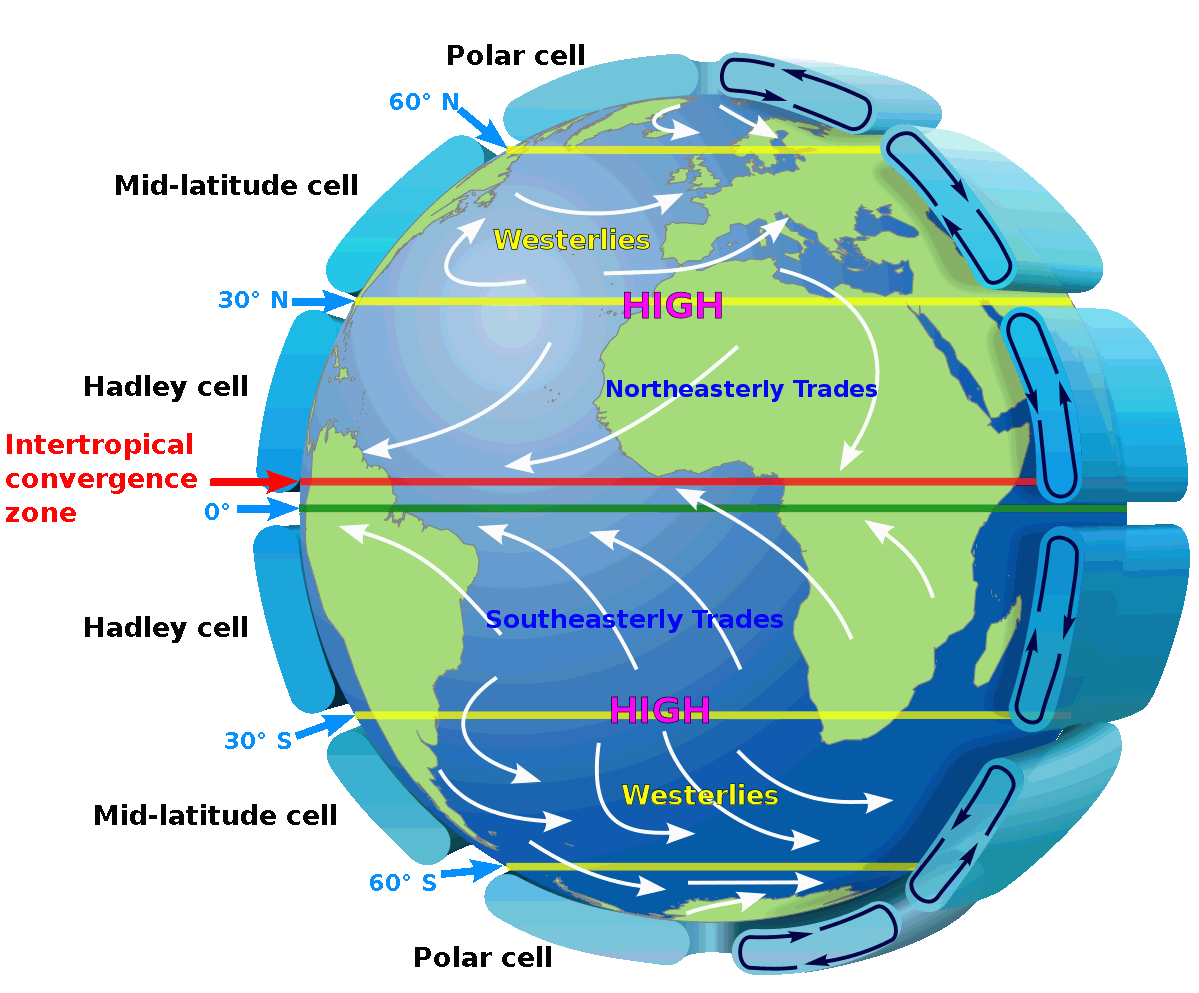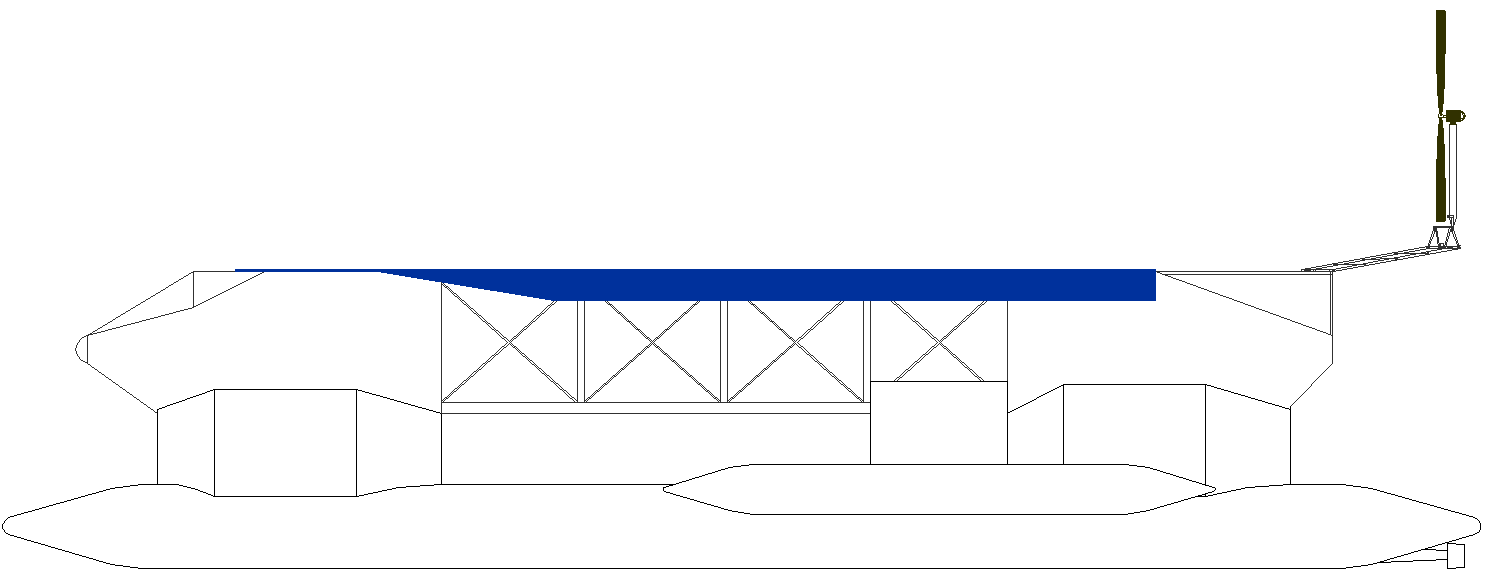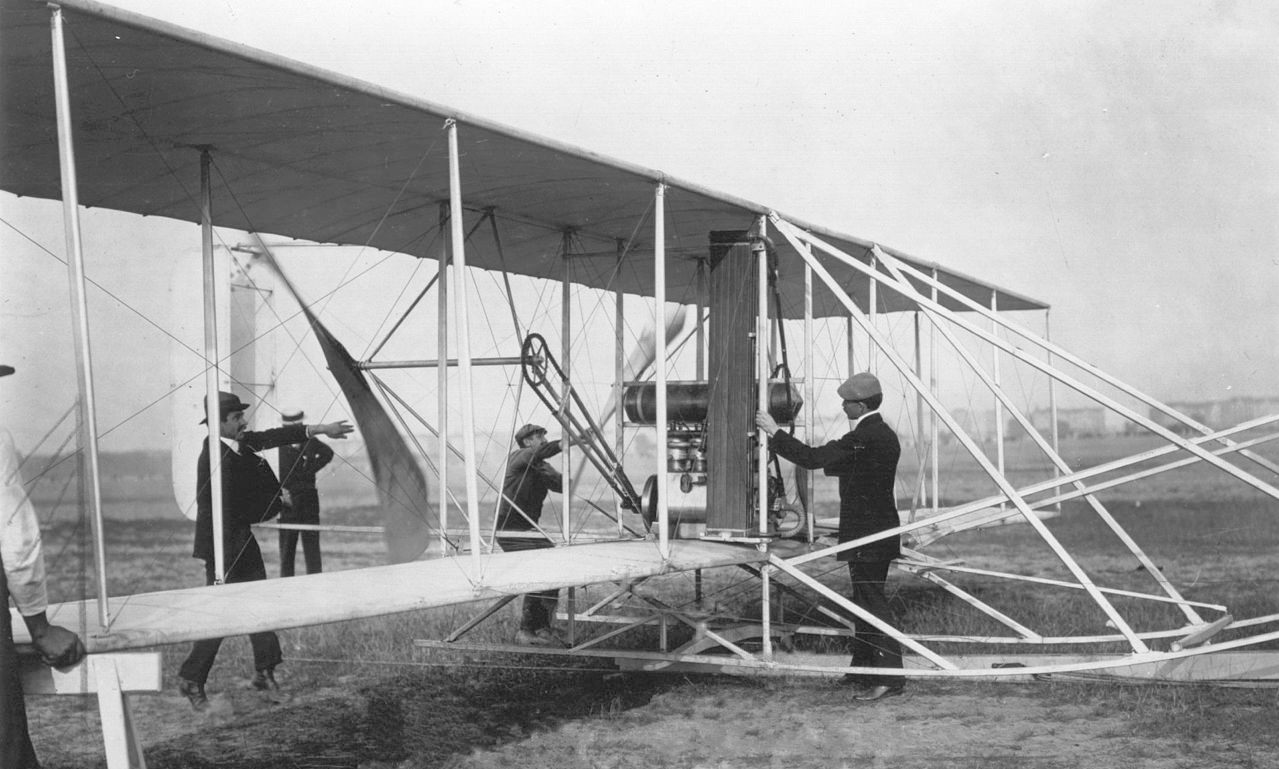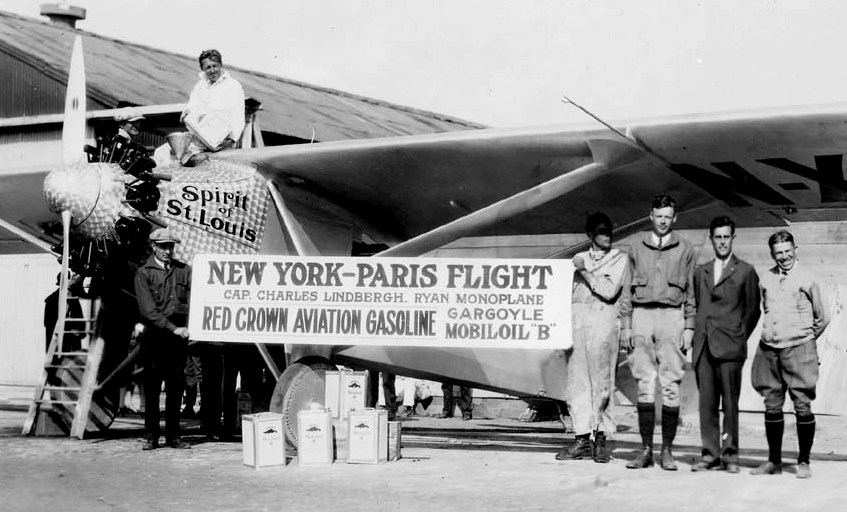|
CIRCUMNAVIGATION PROPOSALS
Please use our A-Z INDEX to navigate this site or return HOME
|
||||||||||||||||||||||||||||||||||||||||||||||||||||||||||||||||||||||||||||||||||||||||||||||||||||||||||||||||||||||||||||||||||||||||||||||||||||||||||||||||||||||||||||||||||||||||||||||||||||||||||||||||||||||||||||||||||||||||||||||||||||||||||||||||||||||||||||||||||||||||||||||
Earth's radius at sea level is 6378.137 km (3963.191 mi) at the equator, according to NASA's Goddard Space Flight Center in Greenbelt, Maryland. However, Earth is not quite a sphere. The planet's rotation causes it to bulge at the equator. Earth's polar radius is 3,950 miles (6,356 km) — a difference of 13 miles (22 km). Using those measurements, the equatorial circumference of Earth is about 24,901 miles (40,075 km). However, from pole to pole — the meridional circumference — Earth is only 24,860 miles (40,008 km) around.
Once a record is set across the English Channel, backed up by the proposed experiments across the Atlantic from Las Palmas, Gran Canaria, Spain, to Marigot, St Martin, in the French West Indies (to compare with PlanetSolar) using the trades (easterlies), and return runs from the US east coast (New York) to Ireland, using the westerlies. A circumnavigation may be seen by many as just a technicality - except perhaps for the east coast of Africa along Somali to the Gulf of Aden - in the Indian Ocean. This being a difficult leg.
When planning the route for a solar/wind powered vessel, it helps to understand the convection currents and coriolis effect from the earth's rotation, without dwelling on this for too long. We must just accept the geographical seacape and play by these rules.
Thus, for the sake of completeness, we have included a world itinerary as the final gloss to add an international flavour - anticipating that the yachting world may demand closure. The problem with mounting such a journey is more likely to be funding, followed by crewing, rather than the ability of the Elizabeth Swann to complete such a journey in record time, as the table below indicates.
Such a challenge may not be supported by research grants, the experiments having been concluded in the earlier development phases. Funding may only be achieved via philanthropic contribution and/or corporate partnerships. Crowdfunding is not an option at this level of CAPEX.
SOLAR POWERED TRANSIT EXAMPLES - The above table illustrates one of the most likely ocean awareness expedition routes that could be undertaken by the Elizabeth Swan, showing the time elapsed in days for 7 knots average cruising speed, including times for 5 and 6 knot averages - allowing for 10% downtime and 36 days in ports. Hence, although the objective is to reduce the current solar circumnavigation record from 584 days, the event in not an outright non-stop yacht competition in the offshore racing sense. It remains to be seen how accurate such a prediction might be.
The solar powered Elizabeth Swann is capable of speeds above 15 knots in the right conditions.
CAD DIAGRAM: The Elizabeth Swann is shown here with a wave piercing hull. She is of trimaran configuration with active outrigger hulls (or sponsons) that allow the vessel to trim for very efficient running. She has solar wings that fold for storms and track the sun, and a wind turbine on a mast, that can be raised and lowered and furled in high winds. For a record attempt we need a sunny day and high winds.
With only one moving part per electric drive, the system is only requires the maintenance of the wind turbine and solar tracking
hydraulics. Compared to any conventional fossil fuel powered motor, we don't need to worry about servicing of engines or dirty oils, or fuel costs, resulting in a substantial amount of money saved every year.
PIONEERS - Wilbur and Orville Wright proved all the skeptics wrong with their Flyer I in 1903, with stunning originality. Louis Bleriot crossed the channel in 1909 from Calais to Dover the basics of aerodynamics having been established. Charles Lindbergh completed the first non-stop flight across the Atlantic in 1927 by fitting huge fuel tanks to extend range, Charles Kingsford-Smith flew across the Pacific in 1928, and Amy Johnson completed her solo flight, London to Darwin in 1930 - True Grit! More than ever we need innovation and adventurers like these in the fight against climate warming.
HYDROGEN/SOLAR (BUNKERED) CIRCUMNAVIGATION CHALLENGE:
HYDROGEN HYBRID TRANSIT EXAMPLES - The above table, when compared to the Solar route planner, shows us the difference in performance we might expect using liquid hydrogen in combination with solar power.
The hydrogen and solar powered Elizabeth Swann is capable of speeds above 18 knots in the right conditions.
Please use our A-Z INDEX to navigate this site
|
||||||||||||||||||||||||||||||||||||||||||||||||||||||||||||||||||||||||||||||||||||||||||||||||||||||||||||||||||||||||||||||||||||||||||||||||||||||||||||||||||||||||||||||||||||||||||||||||||||||||||||||||||||||||||||||||||||||||||||||||||||||||||||||||||||||||||||||||||||||||||||||
|
This website is Copyright © 2021 Jameson Hunter Ltd
|






